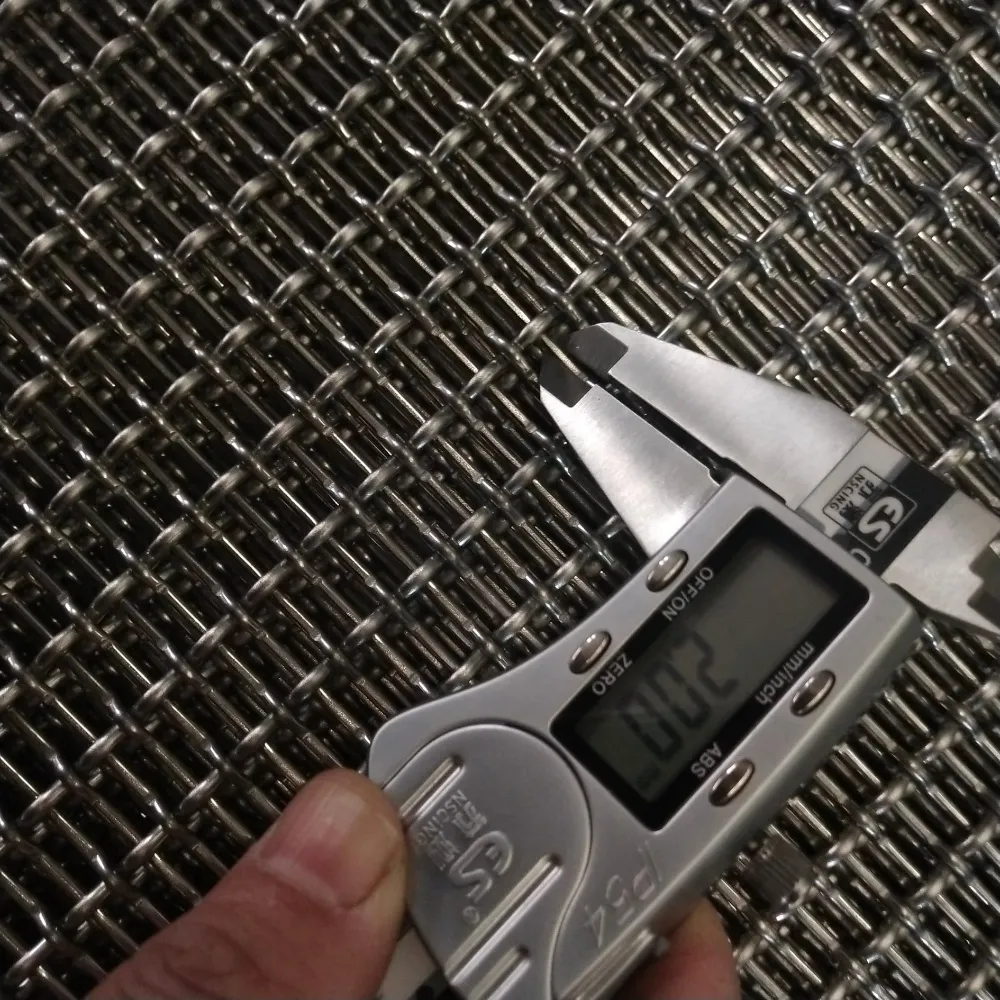Choosing the Right Nails for Pressure Treated Lumber Projects
Types of Nails for Pressure Treated Lumber
When it comes to construction and outdoor projects, pressure-treated lumber is a favorite choice due to its resistance to decay and insect damage. This type of lumber undergoes a process where preservatives are forced into the wood to enhance its longevity, making it ideal for decking, fencing, and other outdoor applications. However, using the right type of nails is crucial when working with pressure-treated lumber. Using inappropriate nails can lead to issues such as corrosion, structural failure, or problem with securing the wood effectively. In this article, we’ll explore the various types of nails suitable for pressure-treated lumber, their characteristics, and best practices for their use.
1. Galvanized Nails
Galvanization is a process that involves coating nails with a layer of zinc to protect them from rust and corrosion. For pressure-treated lumber, it is essential to use hot-dipped galvanized nails rather than electro-galvanized ones. Hot-dipped galvanized nails have a thicker coating of zinc, which offers greater protection against moisture and the corrosive chemicals found in treated wood. These nails are widely used for various outdoor projects, from building decks to constructing fences, where exposure to the elements is a concern.
2. Stainless Steel Nails
For projects that require the utmost durability and resistance to corrosion, stainless steel nails are an excellent choice. While they are generally more expensive than galvanized nails, stainless steel nails provide unmatched resistance to rust and corrosion, making them ideal for coastal areas or places with high humidity. They are especially beneficial for long-term outdoor projects, such as marine applications or installing outdoor furniture. There are two main types of stainless steel—304 and 316—where 316 stainless steel offers superior resistance to chlorides found in seawater and is highly recommended for marine environments.
3. Coated Nails
Another alternative for fastening pressure-treated lumber is to opt for specially coated nails. These nails have a polymer or a similar coating that imparts added protection against corrosion. Coated nails are designed to hold well in treated wood and provide a balance between cost and performance. They are available in various finishes, but it’s essential to ensure that the coating is compatible with the pressure-treated lumber’s preservatives to prevent any adverse reactions.
type of nails for pressure treated lumber

Some manufacturers produce nails specifically designed for use with pressure-treated lumber, often labeled as corrosion-resistant. These nails can be either galvanized or made from special alloys that resist rusting and decay. When selecting nails, it’s beneficial to look for those that have been tested and approved for use with treated wood, ensuring they meet high standards for performance and durability.
5. Screw Fasteners
While nails are common for fastening pressure-treated lumber, screw fasteners should not be overlooked. Screws provide a stronger hold and better resistance to loosening over time than nails. Like nails, it is crucial to choose screws made from stainless steel or hot-dipped galvanized materials to protect against corrosion. Deck screws, in particular, are designed for outdoor applications and are ideal for securing deck boards or other treated wood structures.
Best Practices for Fastening Pressure-Treated Lumber
- Pre-drilling When using thick nails or screws in pressure-treated lumber, it may be beneficial to pre-drill holes to prevent the wood from splitting. - Spacing Ensure proper spacing between fasteners to allow for wood expansion and contraction. Generally, nails should be spaced according to the manufacturer's recommendations, which might be influenced by the project's requirements. - Follow Manufacturer Instructions Always consult the lumber manufacturer’s guidelines for recommended fasteners and installation techniques. This will help ensure the integrity of the structure and compliance with local building codes.
Conclusion
Selecting the right type of nails for pressure-treated lumber is essential to ensure the longevity and structural integrity of your outdoor projects. Whether opting for hot-dipped galvanized nails, stainless steel fasteners, or corrosion-resistant options, understanding the characteristics and benefits of each type will guide you in making the best choice. When in doubt, consulting with professionals or referring to manufacturer guidelines can provide invaluable insight, ensuring your project withstands the test of time and the elements.
-
Weather Resistance of Woven Wire and Chicken Wire Fencing MaterialsNewsJun.05,2025
-
Umbrella Nails Innovations in Roofing Fasteners for Wind ResistanceNewsJun.05,2025
-
Modern Barbed Wire Fence Designs for Perimeter ProtectionNewsJun.05,2025
-
How Iron Nail Wire Enhances Nail Strength and Installation EfficiencyNewsJun.05,2025
-
High-Security Razor Fence Solutions for Perimeter ProtectionNewsJun.05,2025
-
Durable Wire Netting Fence Solutions for Animal EnclosuresNewsJun.05,2025




